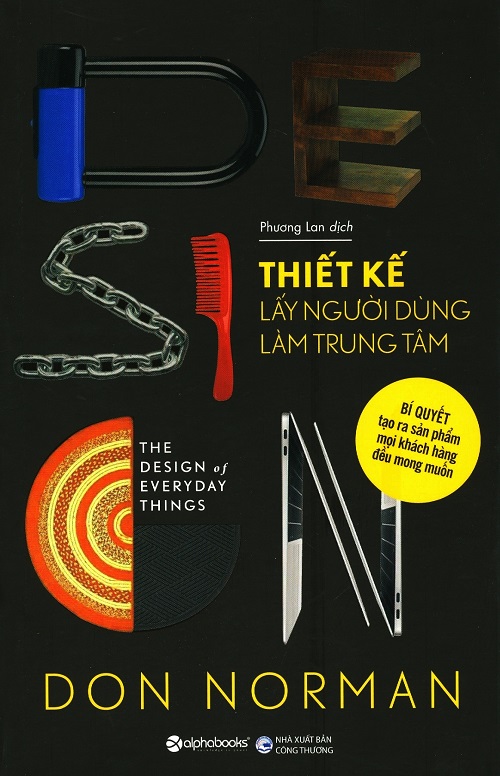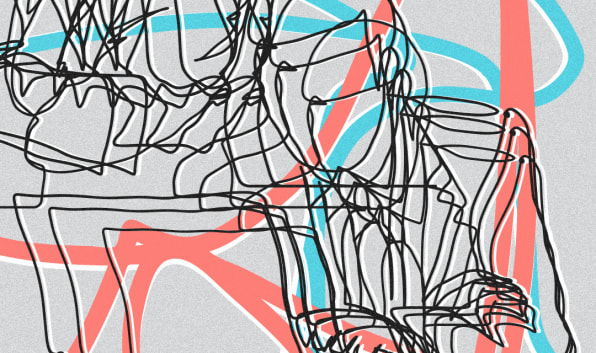

The book isn’t just about how to design a proper teapot, and you don’t need to be a designer to understand and benefit from it. Despite my high expectations, I still really enjoyed it. The Design of Everyday Things is one of the most recommended books for anyone interested in design. I think you may find it useful in other ways.

At least it helps me see how different chapters and concepts are connected. They are basically lines between the mind map nodes. What makes this mind map unique is probably the connections I made between concepts across chapters. I summed up key concepts here and there in my own words and added some relevant examples. Most content is directly extracted from the book. The mind map is more like a summarise than a review. The Mind MapĬlick to reveal and download the mind map So I have made it downloadable for anyone who’s interested in viewing it. The mind map took me a day and a bit to finish. In my previous blog post, How I Review Books, I mentioned I was reading The Design of Everyday Things and creating a mind map for it as part of my laborious review process.


 0 kommentar(er)
0 kommentar(er)
